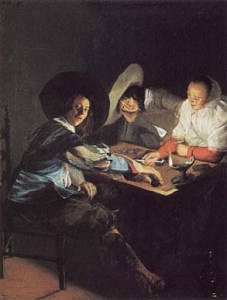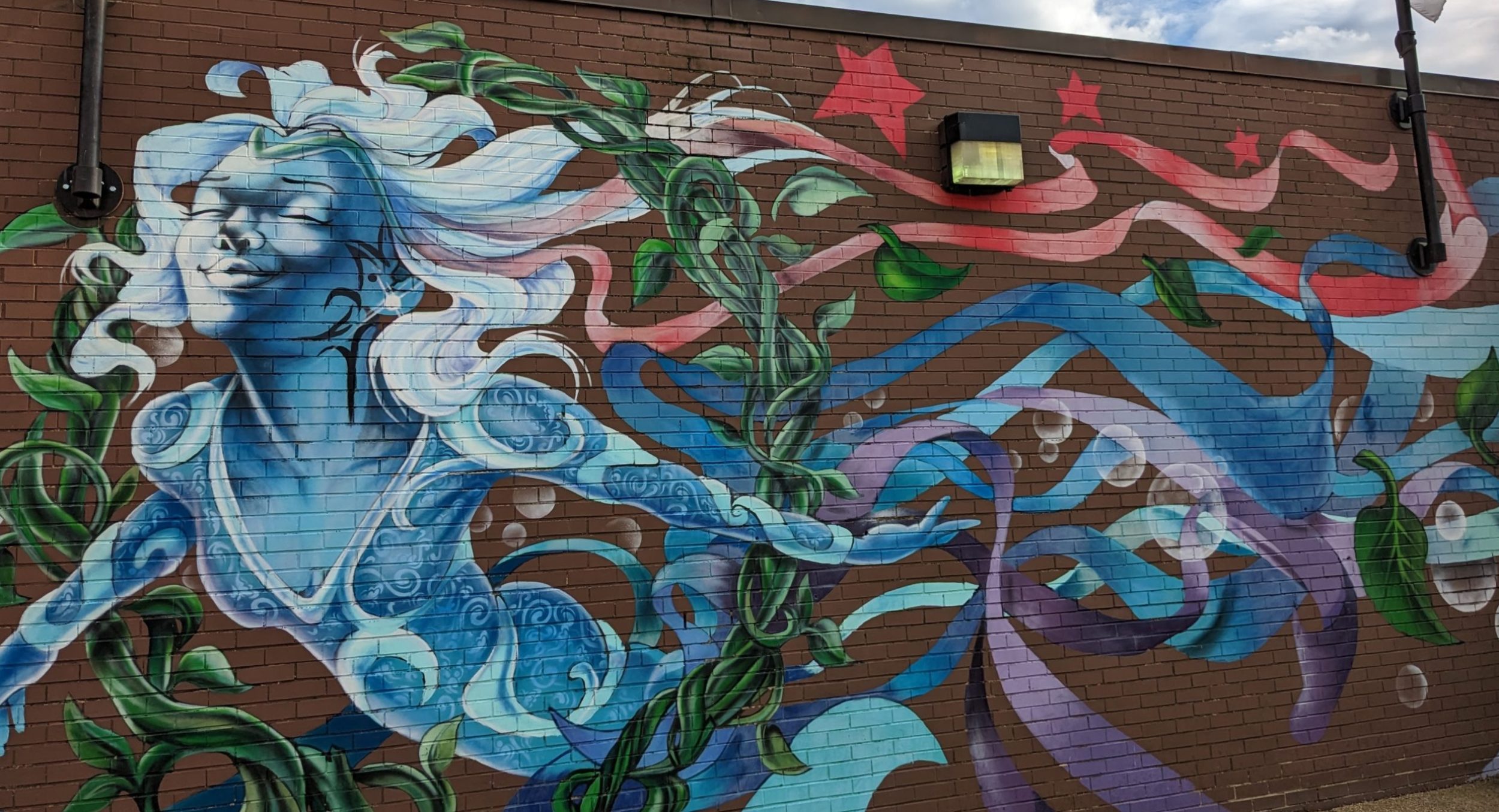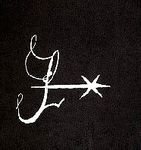 It’s a bit of museum lore that reads like a novel, and not a very believable one. A Dutch woman living in the 1600s does something extraordinary and learns to paint. She becomes one of only two female members allowed into the painters’ guild in her native Haarlem. To mark her works, she devises an elegant and bold signature that is a play on her maiden name. It’s her initials ..J for Judith and L for Leyster and a star. Leyster means lodestar or guiding star. More than two centuries later, this signature would help bring her forgotten work back into the limelight.
It’s a bit of museum lore that reads like a novel, and not a very believable one. A Dutch woman living in the 1600s does something extraordinary and learns to paint. She becomes one of only two female members allowed into the painters’ guild in her native Haarlem. To mark her works, she devises an elegant and bold signature that is a play on her maiden name. It’s her initials ..J for Judith and L for Leyster and a star. Leyster means lodestar or guiding star. More than two centuries later, this signature would help bring her forgotten work back into the limelight.
Judith 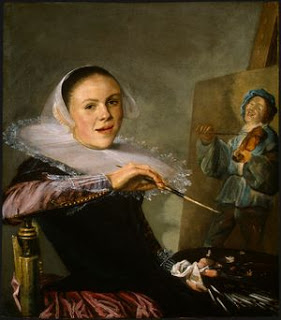 Leyster looks like she might have been fun. This is her self portrait, part of a show being held through November at the National Gallery of Art. She shows herself decked out in finery at her easel, but turned to face the viewer. Her mouth is open, as if she were talking with you. Scholars think that it’s a painting she may have done to get into the guild, her master piece, as they were called. (And, that’s where the term `masterpiece’ came from.)
Leyster looks like she might have been fun. This is her self portrait, part of a show being held through November at the National Gallery of Art. She shows herself decked out in finery at her easel, but turned to face the viewer. Her mouth is open, as if she were talking with you. Scholars think that it’s a painting she may have done to get into the guild, her master piece, as they were called. (And, that’s where the term `masterpiece’ came from.)
Leyster did most of her work in her early 20s, and then dropped off after her marriage in 1636 to a fellow painter Jan Miense Molenaer. Her paintings were forgotten after her death in 1660. Then the Louvre bought a painting in 1893 that they thought was done by another Dutch artist. Under a false signature, staff at the Louvre discovered Leyster’s true one, the J and the L with the star. Since there, there has been growing interest in Leyster’s work, inspired in part by enthusiasm for the work of women artists.
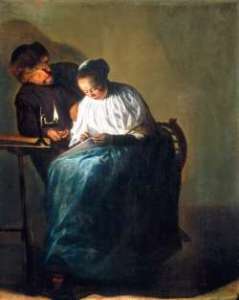 Leyster did many paintings of musicians, such as the one of the easel in her self portrait. Quite nice ones, but it’s her paintings that hint at the relations between men and women make you wish she had gone on working. There are stories there. In this one to the left, she shows a woman sewing, which was slang for sex. The leering man offers her silver. If you are in Washington, it is worth seeing. There’s so much tension in it.
Leyster did many paintings of musicians, such as the one of the easel in her self portrait. Quite nice ones, but it’s her paintings that hint at the relations between men and women make you wish she had gone on working. There are stories there. In this one to the left, she shows a woman sewing, which was slang for sex. The leering man offers her silver. If you are in Washington, it is worth seeing. There’s so much tension in it.
This painting is more playful, showing people at a game. The man on the left and the woman, with flushed cheeks, reach their hands close while playing. It’s a touch bawdy, but in an understated way. It’s something that you can easily imagine the Leyster of the self portrait creating, although probably not while wearing such grand clothes.
